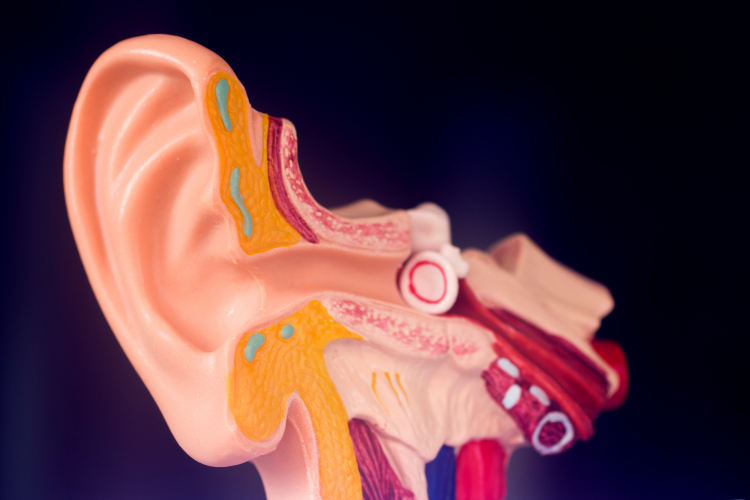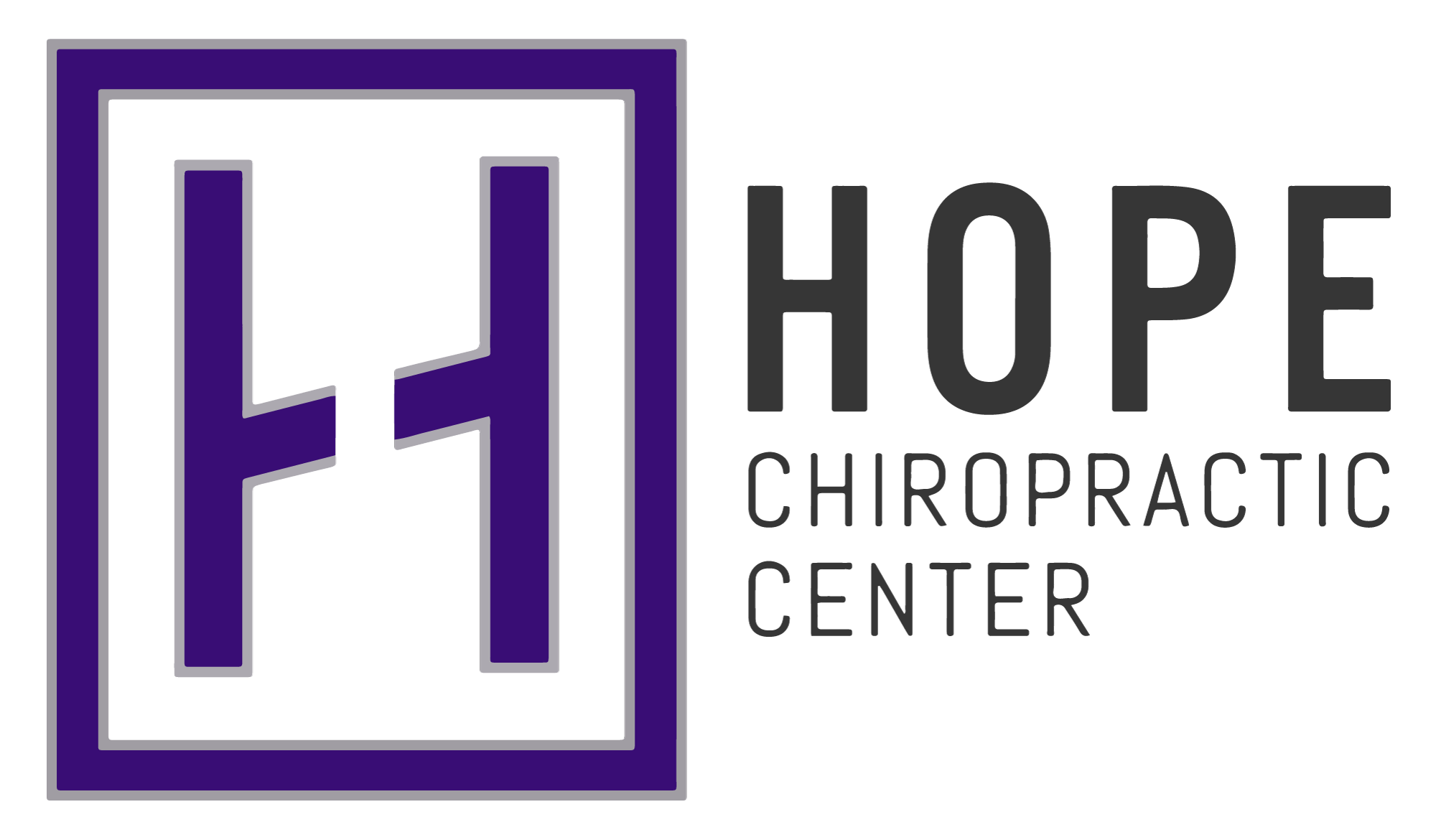
Vertigo often carries an air of mystery. Many people assume it’s just “a little dizziness” or think it always originates in the inner ear.
Others believe it’s simply a normal part of aging or something that goes away on its own. In reality, vertigo is a symptom of underlying dysfunction—often involving the complex relationship between the brain, spine, and inner ear.
At Hope Chiropractic in Southlake, Texas, Dr. Joey Kramer challenges common misconceptions about vertigo. With a focus on upper cervical chiropractic care, he helps patients in Southlake, Grapevine, Colleyville, Westlake, and Trophy Club understand how spinal health contributes to equilibrium and how targeted care may provide long-term relief.
Breaking Down the Vertigo Myths
Let’s start by setting the record straight:
Myth 1: Vertigo is always caused by the inner ear.
While inner ear disorders like BPPV (Benign Paroxysmal Positional Vertigo) and Meniere’s disease are common culprits, many cases of vertigo stem from disrupted signals between the brainstem and vestibular system—which can be influenced by spinal misalignment.
Myth 2: If I don’t feel spinning, it’s not vertigo.
Vertigo doesn’t always feel like a carousel. Some people experience swaying, lightheadedness, or a tilting sensation. These symptoms still point to vestibular imbalance.
Myth 3: Medication is the only solution.
Prescription drugs may dull symptoms temporarily, but they don’t address the structural or neurological roots of vertigo. That’s where chiropractic care comes in.
Myth 4: Vertigo is just part of getting older.
It’s not inevitable. Age may increase risk, but proactive care can help improve stability and reduce the frequency of vertigo episodes, regardless of age.
The Upper Cervical-Spine Connection to Inner Ear Function

The upper cervical spine (C1 and C2 vertebrae) is located just beneath the skull and surrounds the brainstem. This area acts like a command center, coordinating signals between the inner ear, eyes, and body to help you stay upright and oriented.
When the spine is out of alignment—due to posture, trauma, or repetitive stress—it may disrupt this coordination in several ways:
- Signal Confusion: The brainstem interprets movement and orientation. Misalignment may cause mixed messages, creating the sensation of vertigo.
- Fluid Imbalance: The spine affects how fluids drain from the head. Poor CSF or lymphatic flow may impact pressure in the inner ear.
- Circulatory Disruption: Arteries that supply the brain pass through the cervical spine. If compressed, this can reduce oxygen and nutrient delivery, impacting the inner ear’s function.
Chiropractic care works to correct these underlying dysfunctions—not mask them.
What Makes Upper Cervical Care Different?
Upper cervical chiropractors don’t use a one-size-fits-all approach. Instead, they focus exclusively on the alignment of the top two vertebrae with precision and care.
Dr. Kramer uses digital imaging and posture-based evaluations to determine if there’s a misalignment contributing to neurological interference.
Unlike general spinal manipulations, upper cervical adjustments are:
- Gentle – No twisting or cracking
- Targeted – Based on your unique anatomy
- Measured – Outcomes are tracked over time
Many patients report reduced vertigo episodes, better balance, and improved clarity as the nervous system stabilizes.
How Chiropractic Care Supports Inner Ear Health
The inner ear’s role in balance relies heavily on its communication with the brain and spine. Supporting that pathway with chiropractic care may:
- Enhance sensory integration between the eyes, ears, and body
- Improve head and neck posture, reducing vestibular strain
- Ease tension in surrounding musculature that may affect proprioception
- Support cerebrospinal fluid flow, promoting inner ear stability
These changes can help reduce the recurrence of vertigo—not just dull its symptoms.
Who Benefits from Chiropractic Vertigo Care?
You may benefit from upper cervical care if you experience:
- Recurring dizziness or unsteadiness
- A history of head trauma or whiplash
- Symptoms that worsen with head movement
- Ear fullness or ringing combined with balance issues
- Poor response to traditional vertigo treatments
Hope Chiropractic: Helping You Find Solid Ground
If vertigo has disrupted your life or left you searching for answers, it may be time to consider the spine’s role in your inner ear health.
Dr. Joey Kramer and the team at Hope Chiropractic are dedicated to helping patients address balance issues through gentle, non-invasive chiropractic care that supports the nervous system and improves quality of life.
To learn how upper cervical chiropractic may help with vertigo, contact Hope Chiropractic in Southlake, proudly serving Grapevine, Colleyville, Westlake, and Trophy Club, to schedule a consultation.
Medical Disclaimer
This article is for informational purposes only and is not intended as a substitute for professional medical advice, diagnosis, or treatment. Always seek the advice of your physician or other qualified healthcare provider with any questions you may have regarding a medical condition.
Never disregard professional medical advice or delay in seeking it because of something you have read here.

